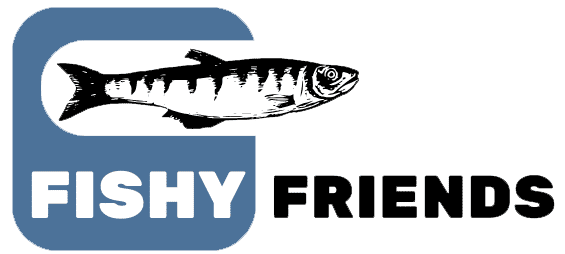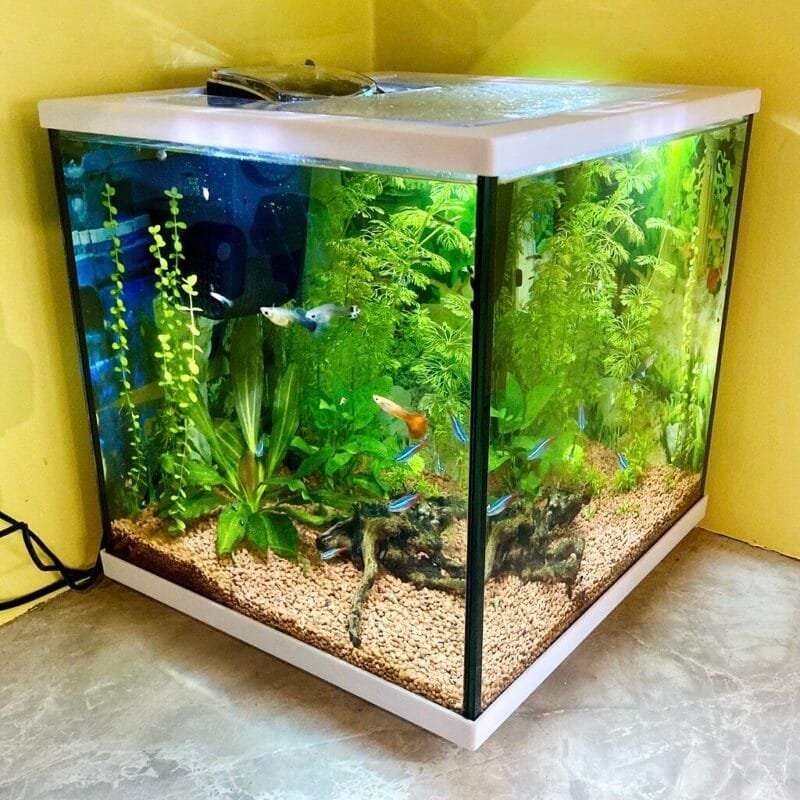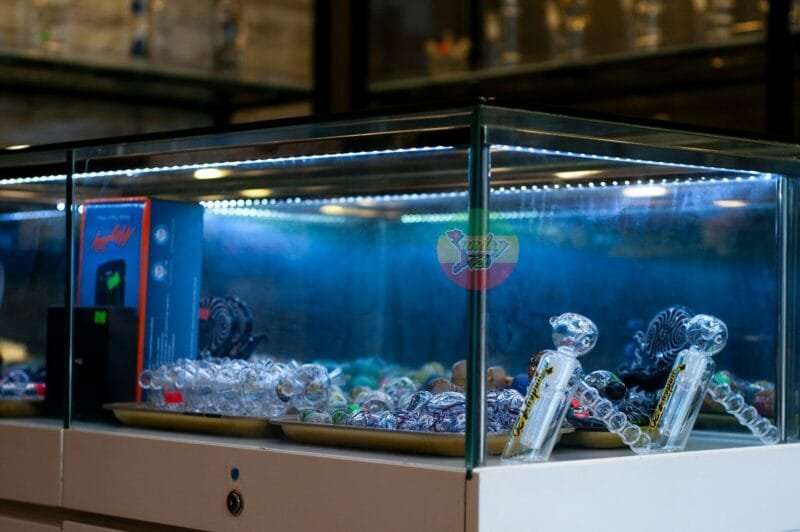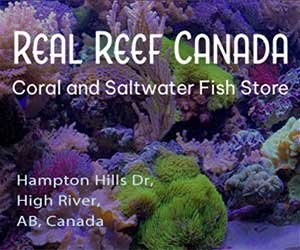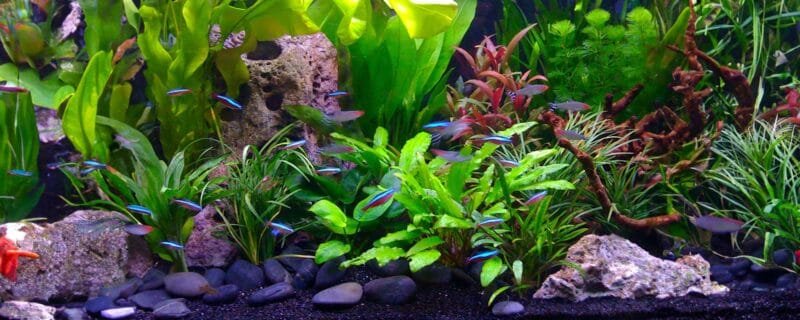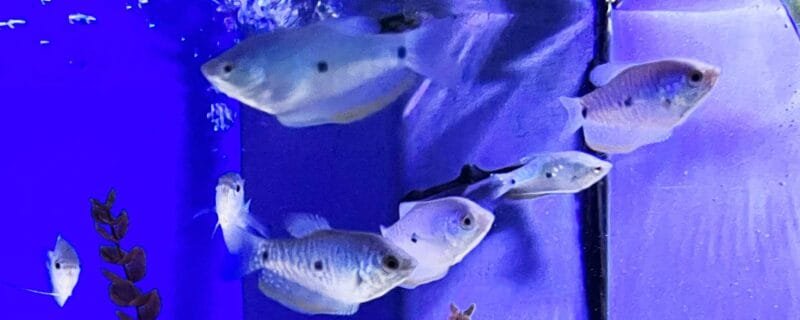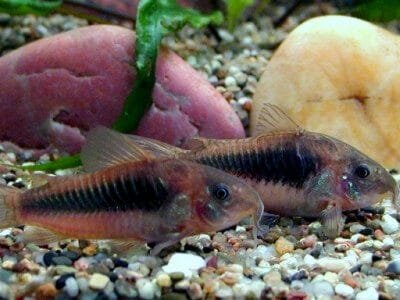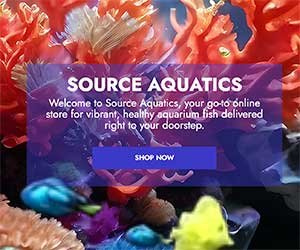There’s a lot to consider when choosing what to feed your aquarium fish, as proper nutrition is necessary for maintaining their health and vibrant colors. Understanding the specific dietary needs of different species will help you provide the right balance of proteins, fats, and vitamins. Avoid common pitfalls that can lead to overfeeding or nutritional deficiencies, which may impact your fish’s well-being. This complete nutrition guide will equip you with the knowledge needed to create a thriving aquatic environment for your finned friends.
Key Takeaways:
- Choose a diet based on the specific species of fish and their natural feeding habits.
- Incorporate a variety of food types, including flakes, pellets, frozen, and live food to ensure balanced nutrition.
- Consider supplements and vitamins to enhance the health and vitality of your fish.
Understanding Fish Nutrition
Nutrition plays a vital role in maintaining the health and vitality of your aquarium fish. An understanding of their dietary needs will help you create a balanced feeding regimen that mimics their natural diets, ensuring optimal growth and longevity. Recognizing the differences among species, and tailoring food accordingly, will allow your aquatic life to thrive in your tank.
Types of Fish Food
Choosing the right type of fish food is imperative for your aquarium’s ecosystem. You should consider various food formats to meet the nutritional demands of your fish.
- Flake food – Convenient and widely used for many species
- Pellet food – Often nutrient-dense, suitable for larger fish
- Frozen food – Provides high protein and mimics natural feeding
- Freeze-dried food – Long shelf life while retaining nutrients
- Live food – Stimulates natural predatory behavior
Any selection of fish food should take into account the specific requirements of your species.
| Types of Food | Key Benefits |
| Flake food | Ease of use and variety |
| Pellet food | Nutrient-rich and filling |
| Frozen food | High protein levels |
| Freeze-dried food | Retains vitamins and minerals |
| Live food | Promotes healthy behaviors |
Essential Nutrients for Aquatic Life
Your fish require specific nutrients to thrive. These imperative nutrients include proteins, fats, carbohydrates, vitamins, and minerals. Each plays a unique role: proteins aid in tissue repair and growth, fats provide energy, carbohydrates offer a quick energy source, while vitamins and minerals support overall health and immune function.
Proteins should make up a significant portion of your fish’s diet, as they are fundamental for growth and reproduction. For example, carnivorous fish need higher protein levels compared to herbivorous species. Fats are also important for long-term energy and health, contributing to lipid-soluble vitamin absorption. Carbohydrates, while not as critical, can be included for energy. Including a balanced mix of vitamins ensures your fish are less susceptible to diseases. Ultimately, understanding these nutrients helps you craft a diet that meets your fish’s specific biological needs.
Types of Fish Food
Understanding the different types of fish food is imperative for providing balanced nutrition tailored to your aquarium fish. Food generally falls into categories such as flakes, pellets, frozen, and live food. Each option has distinct advantages and suits particular species. Incorporate a blend of these to enhance your fish’s diet and health.
- Flakes – Easy to digest and suitable for small fish.
- Pellets – Often more nutrient-dense, ideal for larger fish.
- Frozen food – Provides high protein and natural feeding behavior.
- Live food – Stimulates hunting instincts, great for many species.
- Specialty foods – Tailored options for specific dietary needs.
Assume that exploring different food types will significantly benefit your fish’s overall health and vigor.
Flakes vs. Pellets
When deciding between flakes and pellets, consider your fish’s feeding habits. Flakes are typically more suitable for smaller fish with smaller mouths, while pellets tend to be more nutrient-rich and can sink, making them ideal for bottom feeders. Pellets often provide longer-lasting nutrition and may reduce waste, helping maintain water quality.
Frozen and Live Food Options
Offering your fish frozen and live food can greatly enhance their diet. Frozen options, like brine shrimp or bloodworms, are typically high in protein and can stimulate your fish’s natural foraging behavior. Live food, such as daphnia or mosquito larvae, not only provides excellent nutrition but also engages your fish, promoting natural hunting instincts.
Integrating frozen and live food into your fish’s diet can increase their vitality and encourage breeding behaviors. These food types are rich in imperative fatty acids and proteins that are often missing in dry food. Live food, in particular, can stimulate interest and activity levels, which is beneficial for both health and overall wellbeing. To enhance results, alternate between frozen and live options regularly, making sure to source food from reputable suppliers to avoid health risks. Your fish will likely thrive on this diverse nutrition plan.
Tips for Feeding Your Fish
- Monitor feeding amount to prevent overfeeding.
- Consider the species and their specific dietary needs.
- Vary the food types to ensure complete nutrition.
- Observe feeding behavior to gauge health and adjustment.
After establishing a routine, you’ll find that following these tips can enhance the health and vitality of your fish.
Proper Feeding Amounts
Feeding your fish the appropriate amount is vital to avoid issues like obesity or water quality problems. Typically, you should provide only what they can consume in about two to five minutes. Over time, observe your fish and adjust portions according to their activity levels and growth; healthy fish will actively seek food without excessive competition.
Feeding Frequency
Your fish’s diet should be tailored to their age and type, with general guidelines suggesting two to three feeds per day for adults and up to four or more for fry. Regular feeding promotes robust growth and energy levels, ensuring they receive adequate nutrition during their critical growth stages.
For example, while adult community fish may thrive on a regimen of twice daily, more active or growing species might require additional feedings to meet their energy demands. Observe their behaviors during feeding times; if they are excessively eager or lethargic, you may need to adjust either the frequency or the amount provided. Consistency in feeding schedules helps maintain a balanced environment in your aquarium.
Step-by-Step Feeding Guide
| Step | Description |
|---|---|
| 1 | Determine your fish species and their specific dietary needs. |
| 2 | Choose appropriate food types based on their natural diet. |
| 3 | Establish a feeding schedule—typically 2-3 times a day for most fish. |
| 4 | Monitor food quantity to prevent overfeeding and waste. |
| 5 | Adjust based on your fish’s health and behavior. |
Assessing Your Fish’s Dietary Needs
Understanding your fish’s dietary needs begins with identifying their species and natural feeding habits. Some fish are herbivores, others carnivores, and some omnivores, which influences their nutritional requirements. Researching the specific protein, fat, and fiber content needed for your species ensures that you provide a balanced diet that promotes their health and vitality.
Transitioning to a New Food
When introducing a new food, it’s imperative to do so gradually. Start by mixing the new food with the old to allow your fish to adapt and reduce the risk of digestive upset. A transition phase of about 7-10 days is often effective, gradually increasing the proportion of the new food while decreasing the old one, allowing your fish to accept and thrive on the diet change.
During the transition, observe your fish for any signs of stress or reluctance to eat. If they show signs of refusal, reduce the new food’s quantity or revert to their previous diet for a short time before trying again. Always ensure that the new food meets their specific nutritional needs to promote optimal health and prevent issues like malnutrition or obesity.
Factors to Consider
When opting for food for your aquarium fish, several factors must be evaluated to ensure optimal health and growth. Consider the following:
- Fish species and their specific nutritional needs
- Age and size of your fish
- Feeding habits, such as whether they are carnivorous or herbivorous
- Water temperature and its influence on metabolism
- Feeding frequency to avoid overfeeding
Assume that adapting your feeding strategy based on these factors will lead to healthier, more vibrant fish.
Species-Specific Dietary Requirements
Each fish species has unique dietary requirements that should guide your food selection. For example, carnivorous fish like cichlids thrive on high-protein foods, while herbivorous fish, such as goldfish, require a diet rich in plant materials. You need to research your specific species to provide a balanced diet that meets their nutrition needs.
Water Conditions Affecting Food Choice
The conditions of your aquarium water can significantly affect your fish’s dietary choices. Factors such as temperature, pH, and ammonia levels can influence fish metabolism and their ability to digest certain foods. Higher temperatures may increase fish activity levels, necessitating a higher protein intake, while inappropriate pH levels can result in stress, affecting appetite and feeding behavior.
For instance, tropical fish typically require higher protein diets at temperatures between 75°F and 80°F. However, in lower temperatures, certain fish may transition to slower metabolism, making it vital to adjust feeding schedules and food types accordingly. Additionally, if ammonia levels climb, it can cause stress, leading to decreased feeding or dietary changes as your fish adapt to their environment. This adaptability is key to ensuring they receive adequate nutrition in response to shifting water parameters.
Pros and Cons of Different Diets
| Pros | Cons |
|---|---|
| Commercial foods provide balanced nutrition. | May contain fillers and preservatives. |
| Convenient and easy to store. | Can be expensive over time. |
| Homemade diets can be tailored to your fish. | Time-consuming to prepare. |
| Control over ingredients and quality. | Risk of nutritional imbalance. |
| Variety can improve fish behavior. | Potential for spoilage if not prepared correctly. |
| Natural foods are often more appetizing. | Limited awareness of safe ingredients. |
| May lower feeding anxiety in picky eaters. | Requires research to meet all needs. |
| Commercial brands cater to specific species. | Less variety in flavors and textures. |
| Readily available at most pet stores. | Some fish may develop preferences that limit diet. |
| More predictable feeding regimen. | May not match natural dietary habits. |
Advantages of Commercial Fish Foods
Commercial fish foods offer a balanced diet specifically formulated for different species, ensuring your fish receive the necessary vitamins and minerals. They are convenient, widely available, and often come with specific feeding guidelines. With various types available, from pellets to flakes, you can easily cater to your aquarium’s unique inhabitants while minimizing the risk of nutritional deficiencies.
Disadvantages of Homemade Diets
Homemade diets can lead to nutritional imbalance if not properly formulated. Preparing meals for your fish can be time-consuming, requiring significant research to ensure you’re providing the right nutrients. Additionally, without proper knowledge, you may unintentionally include ingredients that could be harmful or not suitable for your specific fish species.
Moreover, homemade diets often lack the stability found in commercial preparations. For example, ingredients like fish or shrimp may not be fresh, while varied preparations can spoil quickly. This spoilage not only leads to nutrient loss but also poses health risks to your fish if fed spoiled food. Without the proper balance, your fish may suffer from deficiencies, leading to health issues and decreased lifespan.
Conclusion
The right nutrition is key to keeping your aquarium fish healthy and vibrant. By choosing a balanced diet that caters to the specific needs of your species, you ensure optimal growth, color, and longevity. It’s important to diversify their meals with high-quality flakes, pellets, and occasional live or frozen foods. Regularly assess their feeding habits and adjust portions to prevent overfeeding. With proper care and attention to their dietary requirements, you can create a thriving aquatic environment that benefits both you and your fish.
FAQ
Q: What are the best types of fish food available for different species?
A: Different species of fish have varying dietary needs. Generally, you can choose from flakes, pellets, freeze-dried foods, and live foods. Herbivorous fish benefit from algae wafers and spirulina, while carnivorous fish thrive on high-protein pellets and frozen foods like bloodworms. Omnivores can eat a mix of both plant-based and protein-rich options.
Q: How often should I feed my aquarium fish?
A: Most aquarium fish should be fed 1-2 times per day. Young fish may require more frequent feeding, while others can manage with every other day feeding. Ensure to provide small amounts that can be consumed within a few minutes to prevent overfeeding, which can lead to water quality issues.
Q: Can I create homemade fish food, and what ingredients should I use?
A: Yes, homemade fish food can be nutritious. Common ingredients include a mixture of seafood (shrimp or fish), vegetables (spinach or peas), and gelatin as a binder. Blending these ingredients into a paste and setting them can create a healthy food option for your fish. Always ensure the ingredients are safe for the specific species you’re feeding.
